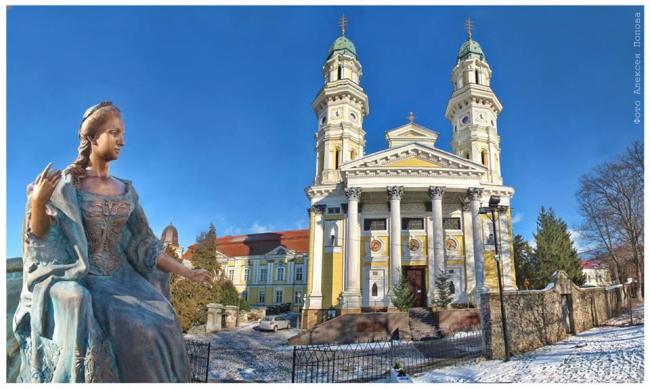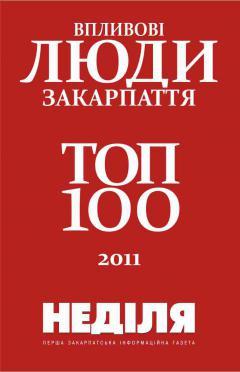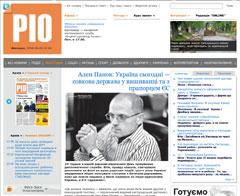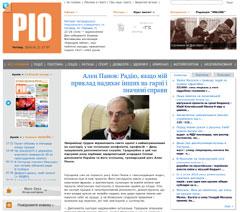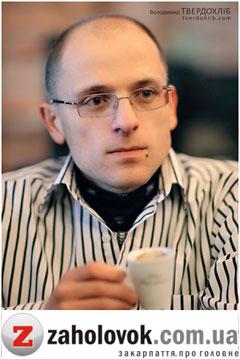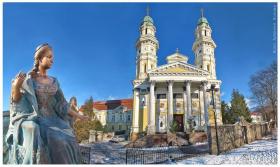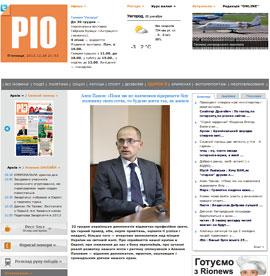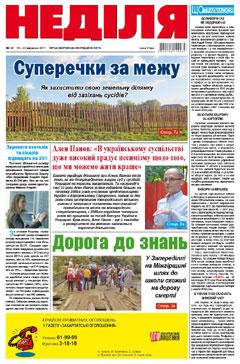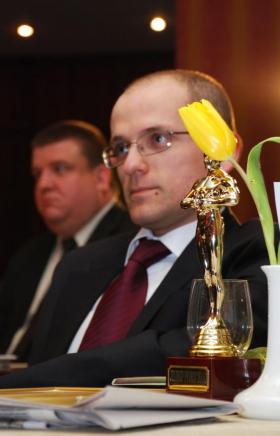СКВЕР МАРІЇ ТЕРЕЗІЇ
Ідея заснування Скверу належить ужгородському дипломату, юристу і громадському діячеві Алену Панову. Вона була представлена публіці в травні 2013 року і підтримана Владикою Міланом, єпископом Мукачівської греко-католицької єпархії.
Спорудження скверу покликане слугувати досягненню двох цілей:
1) Облаштування території, яка забезпечить панорамний огляд Кафедрального собору
2) Увіковічення Марії Терезії та інших історичних постатей, які внесли найбільший вклад у розвиток Замкового Кварталу
Сквер названий на честь імператриці Священної Римської Імперії, королеви Угорщини та ерцгерцогині Австрії Марії Терезії Габсбург-Лотарингської (1717-1780). Саме період її правління став одним з найбільш значущих у становленні міста. В ті часи Ужгород перетворився на регіональний центр. Саме тут була розташована столиця новоутвореної греко-католицької єпархії, яка об’єднала кілька тогочасних комітатів (областей) історичного Закарпаття. Пам’ятник Марії Терезії (скульптор – Богдан Томашевський) є центральною фігурою скверу.
У «Пантеоні Замкового Кварталу» (художник Анатолій та Наталія Тесовські, дизайнери Іван та Анна Іваниш, ландшафтний дизайнер Віктор Мешко, керівник робіт Михайло Собран) розташовані рельєфні портрети тих людей, які протягом історії розвитку міста багато зробили для того, щоб найстарша частина Ужгорода виглядала саме такою, якою ми бачимо її сьогодні. Серед них:
- Святий Іштван (967-1038) – перший угорський король, який прийняв хрещення та заклав основи держави. Під час його правління Замок став центром новоутвореного Ужанського комітату – територіальної одиниці, яка функціонувала більше 1000 років.
- Карл Роберт (1288-1342) – угорський король, родом з Неаполя. Належав до знаменитої французької династії Анжу, яка правила у багатьох європейських державах. Передав Ужгород у володіння Другетам.
- Філіп Другет (?1290-1327) – граф, найближчий соратник Карла Роберта, палатин Угорщини. Італієць франко-провансальського походження, який заклав основу династії Другетів, що володіла Ужгородом понад 350 років. Сучасного виду Ужгородський замок набув саме за часів правління цієї родини.
- Міклош Берчені (1665-1725) – граф, один із найбільш відомих власників Ужгородського замку, який перетворив місто на важливий політичний та культурний центр Середньої Європи.
- Андрій Бачинський (1732-1809) – перший повноправний греко-католицький єпископ, при якому Ужгород став центром єпархії. Його діяльність заклала основу для потужного розвитку міста, оскільки до відання єпархії було передано Ужгородський замок та весь Замковий Квартал.
Заснування Скверу було приватною ініціативою і здійснене завдяки зусиллям фундаторів та меценатів: родини Панових, Віктора Петрова – Генерального директора ПАТ ЕК «Закарпаттяобленерго».
Maria-Theresia GARDEN SQUARE
The idea of establishment belongs to Uzhgorod diplomat, lawyer and public figure Alen Panov. It was presented to public in May 2013, supported by Most Reverend Milan the bishop of Mukachevo Greek Catholic eparchy.
The construction of the Garden Square was aimed to serve the following:
1) Arrangement of the territory in order to provide the panoramic view of The Cathedral
2) Immortalization of Maria-Theresia and other historical figures that mostly contributed to the development of the Castle Quarter
The Private Garden Square is named after the Empress of Holy Roman Empire, Queen of Hungary and Archduchess of Austria Maria-Theresia Habsburg-Lothringen (1717-1780). Her queen hood became one of the most meaningful periods for the city formation. During that time Uzhgorod grew into a regional center. The location became the capital of newly founded Greek Catholic eparchy that united some of Counties of ancient Zakarpattya. The Maria-Theresia monument by Bohdan Tomashevskyi is its central figure.
The Pantheon of Castle Quarter" (artist - Mykhailo and Nataliya Tesovskyi; designers - Ivan and Anna Ivanysh, landscape designer – Victor Meshko, works supervisor Mykhailo Sobran) represents effigies of people who in the course of urban development made a significant contribution for the oldest part of Uzhgorod to get the present look.
Among them:
- Szent István (967-1038), the first Hungarian King that accepted Christianity and laid the foundations of the state. During his reign the Castle became the center of newly founded Ung County – the territorial unit that existed for more than 1000 years long.
- Charles Robert (1288-1342), the Hungarian King born in Naples. He belonged to the famous French dynasty of Anjou that governed in many European states. It was him who handed Uzhgorod next to Drugeth.
- Philip Druget (?1290-1327) - the count, nearest ally of Carl Robert, palatine of Hungary. An Italian of French Provence origin who laid the Druget dynasty that owned Uzhgorod for over 350 years. Uzhgorod Castle received its modern look during the reign of this dynasty.
- Miklós Bercsényi (1665-1725) - the count, one of the most known owners of the Uzhgorod Castle. He turned the city into the important political and cultural center of Middle Europe.
- Andrii Bachynskiy (1732-1809) - the first full competent Greek-catholic bishop who turned Uzhgorod into the center of diocese. His activity laid down to the foundation for the powerful development of the city as the diocese started to manage the Uzhgorod Castle and whole Castle Quarter.
Founding of the Garden Square was a private initiative carried out thanks to the efforts of founders and patrons of art: the Panov family and Victor Petrov, the Director of Zakarpattyaoblenergo EC JSC

